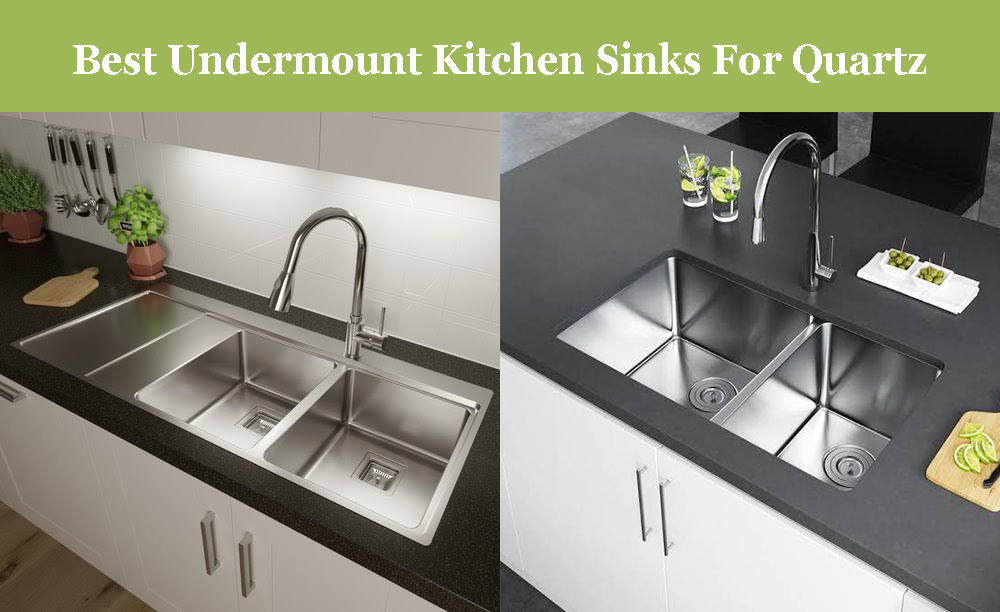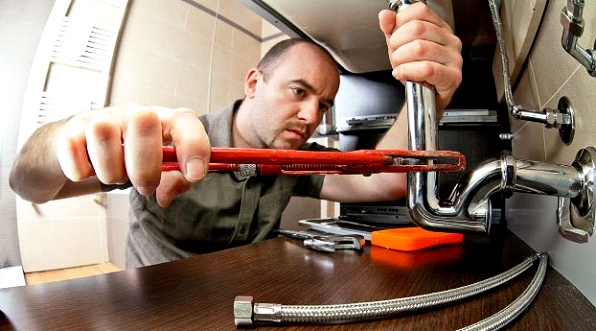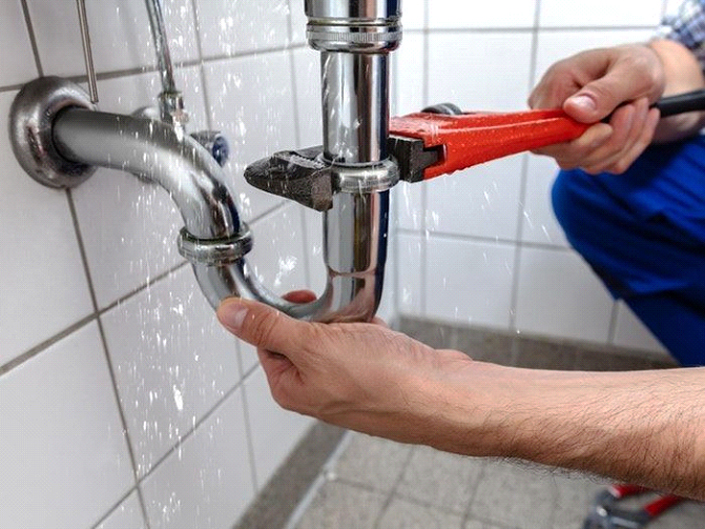Are you concerned about the number of outlets connected to your circuit? Do you fear they might overheat if you operate multiple appliances simultaneously? In this article, we’ll discuss the ideal number of outlets on a 20-amp circuit in a kitchen to ensure the safety of your daily power consumption.
Although the National Electric Code (NEC) does not directly limit the number of outlets on your circuit, understanding its power draw limitations is crucial.
Contents
- Understanding Power Requirements in Different Rooms
- How Many 20-Amp Circuits Does A Kitchen Require?
- Managing Your Outlets Correctly
- Why are 20-amp Circuits and Outlets Required in Kitchens?
- Are All Kitchen Outlets Supposed to be 20-amp?
- Do Outdoor Outlets Need to be Wired Separately?
- Overload Prevention
- Guidelines
- Planning Your Layout
- Conclusion
Understanding Power Requirements in Different Rooms
In rooms like bedrooms, you might only need one lighting circuit to power all the lights. However, kitchens require several minor appliance circuits and one lighting circuit for general lighting. Kitchen appliances must have a dedicated circuit, a standard mandated by the building code.
Most kitchen outlets are wired to provide more than one 20-amp, 120-volt circuit for powering GFCI outlets, primarily intended for use on counters.
How Many 20-Amp Circuits Does A Kitchen Require?
According to the National Electrical Code (NEC), kitchens must have at least two separate 20-amp, 120-volt circuits for countertop outlets, placed no more than 4 feet apart. If you’re remodeling, discuss with your electrician where you’ll position your appliances during the design stage.
Managing Your Outlets Correctly
A receptacle does not draw current unless you plug something into it. However, if you attempt to use all 10 electrical outlets available for each 20-amp circuit in your home, problems could arise.
It’s essential to understand that not all areas or circuits use the same amount of electricity because appliances vary. Kitchens and bathrooms are two places that consume a lot of power.
If you’re not careful and use a single 20-amp circuit for both the kitchen and the bathroom, the wires can overheat, causing electrical damage. It’s better to create a layout design before installing outlets.
Why are 20-amp Circuits and Outlets Required in Kitchens?
The national electrical code mandates 20-amp circuits and outlets in kitchens.
The primary reason for requiring 20-amp circuits and outlets is to ensure that high-voltage kitchen equipment has sufficient power. Electric ovens, electric frying pans, toasters, food processors, mixers, blenders, and other heavy-draw appliances all require 20-amp outlets.
Are All Kitchen Outlets Supposed to be 20-amp?
Kitchens require at least two 20-amp outlets. These outlets power high-voltage kitchen appliances such as microwave ovens, toasters, and blenders.
Most kitchen appliances require a 20-amp circuit. To distribute various equipment among the kitchen countertop outlets, two 20-amp circuits are necessary. This arrangement prevents appliances from crowding around a single outlet.
Do Outdoor Outlets Need to be Wired Separately?
For safety reasons, outdoor receptacles must be protected by a ground-fault circuit interrupter or GFCI. GFCI devices instantly trip if they detect a circuit imbalance that could indicate a ground fault when electrical equipment or anyone operating it comes into contact with water.
Overload Prevention
When deciding how many receptacles to add to a 20-amp wiring system, you must first determine what will be plugged into each one. Allow for a total current draw of 16 amps for safety, which translates to 1920 watts of electricity using a 120-volt voltage source. However, the breaker will not trip until the output reaches 2,400 watts.
Guidelines
In a typical household kitchen, only one outlet is used at a time. As a general rule, each receptacle should be able to handle 1.5 amps. In a 20 amp circuit, this means you can use 10 receptacles. When using receptacles in the kitchen, use ground-fault interrupting receptacles whenever possible.
A ground fault circuit interrupter is an instantaneously acting circuit breaker.
Planning Your Layout
Start by combining your lights into a single circuit because the power required by the lights is far lower than that of any other plugged device, making it safer.
In a kitchen with a 20-amp circuit, the dishwasher and electric stove should have their own outlets. To avoid breaker trips and achieve a balanced electrical load, divide the outlets in your kitchen into two distinct circuits while installing some lights.
In bedrooms, the general rule is that every wall should have an outlet fitted. Alternatively, you can use the same strategy by installing an outlet every 6 feet. A single 20-amp circuit will suffice for all of the lighting and outlets in a bedroom.
Remember, no matter how many outlets you have in your circuit, only one or two are likely to be used at any given moment. My recommendation is to install outlets that comply with the NEC’s 20 amp circuit standards and distribute them in easily accessible spots.
Conclusion
Not all construction codes have the same standards. Mostly, local codes are based on the National Electrical Code. However, your community may have a separate standard or code. It’s advisable to ensure your home’s wiring complies with your local rules.
A specific voltage and amps are required for the circuit that will feed various equipment in your kitchen. Each device requires a different amount of power. Many people don’t know how many outlets they’ll need based on their voltage circuits.
You’ll need to consider the amps of the appliances you want in your kitchen when you’re looking for a home. Before you plan or modify your home, think about how much power each appliance uses.
If an appliance requires fewer or more amps than expected, it can be inconvenient and necessitate changing circuits to supply a specific amount of power. Every brand of appliance has different features that should be compatible with your home’s electrical circuit.
Therefore, before making a home purchase, review your state codes and consult with the builders about the electrical wiring systems.







